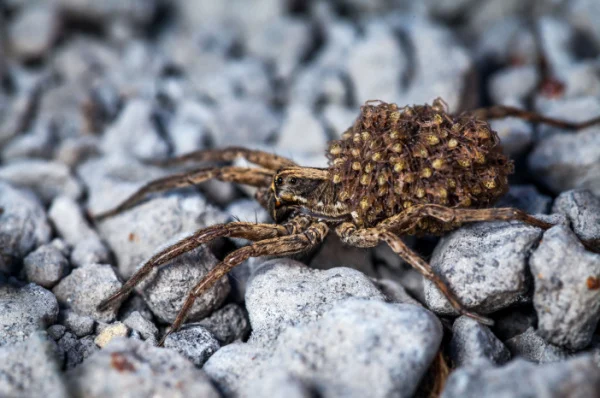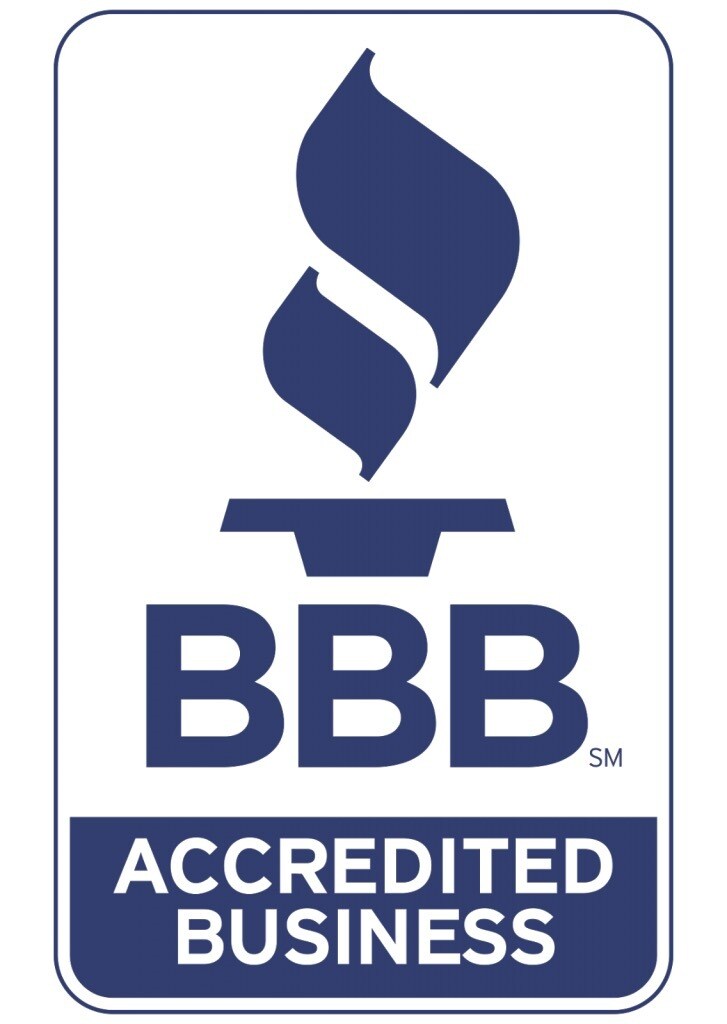Is The San Joaquin Valley A Hot Spot For Spider Activity?

The San Joaquin Valley is a vast agricultural region in California known for its hot summers and mild winters. While it is home to a diverse array of wildlife, including spiders, the question remains: is the San Joaquin Valley considered a “hot spot” for spider activity in the same way that other regions of the world might be? In this article, we’ll explore what types of spiders are found in the San Joaquin Valley and how their activity is affected by the local climate.
Types of spiders found in the San Joaquin Valley
The San Joaquin Valley is home to a wide variety of spiders, including both native and non-native species. Some of the most common species found in the region include:
- Black widow spider (Latrodectus hesperus) This venomous spider is easily recognizable by its shiny black body and red hourglass-shaped marking on its abdomen. Black widows are commonly found in dark, secluded areas such as garages, sheds, and woodpiles.
- Brown recluse spider (Loxosceles reclusa) The violin-shaped marking on its back identifies the brown recluse spider. Venomous brown recluse spiders are not native to California but have been known to hitch a ride on furniture or other items transported from other regions.
- Yellow sac spider (Cheiracanthium inclusum)
This non-venomous spider is identified by its pale yellow body and long, thin legs. Yellow sac spiders are typically found in homes and gardens; their bites can cause mild irritation. - Wolf spider (Lycosidae family)
This non-venomous spider is identified by its large size and distinctive eye pattern. You may discover wolf spiders in gardens and fields, and they can be found in your home, too. - Jumping spider (Salticidae family) This non-venomous spider is identified by its small size and ability to jump long distances. Jumping spiders typically hang out in gardens and on plants, and they can occasionally make their way into homes.
Climate and spider activity in the San Joaquin Valley
The climate in the San Joaquin Valley is characterized by hot, dry summers and mild, wet winters. This climate can affect spider activity in several ways.
- Seasonal changes
Spiders are cold-blooded creatures, which means their activity levels are affected by changes in temperature. During the winter months, spider activity may decrease as temperatures drop. In the summer, however, spider activity may increase as temperatures rise and prey becomes more abundant.
- Habitat availability
The San Joaquin Valley is home to a diverse array of habitats, from grasslands and forests to deserts and wetlands. Different spider species prefer different types of habitats, which means that spider activity may vary depending on the specific location.
- Water availability
Like all living creatures, spiders need water to survive. Unfortunately, in the San Joaquin Valley, water can be scarce during the summer months, which may affect spider activity in certain areas.
Preventing spider infestations in the San Joaquin Valley
While spider activity may vary depending on the specific location and time of year, there are several steps homeowners can take to prevent spider infestations in the San Joaquin Valley.
- Keep your home clean: Spiders are attracted to clutter and dirt, so keeping your home clean and tidy is an important step in preventing spider infestations. Regularly dust and vacuum your home, paying special attention to corners, baseboards, and other areas where spiders may hide.
- Seal up cracks and gaps: Spiders can enter your home through even the smallest of cracks and gaps. Check for any openings around doors, windows, and vents and seal them up using caulk or weatherstripping.
- Install screens: Make sure that all of your windows and doors have screens installed to keep spiders and other pests out.
- Keep outdoor lights off: Spiders are attracted to light, so keeping your outdoor lights off or using yellow bulbs can help prevent them from congregating around your home.
- Remove outdoor debris: Spiders often make their homes in piles of debris, such as leaves, grass clippings, and woodpiles. Remove these items from around your home to prevent spiders from making a nest nearby.
- Use natural repellents: Some natural repellents, such as peppermint oil, vinegar, and citrus, can help keep spiders away. Try spraying a mixture of water and one of these ingredients around the perimeter of your home.
- Contact a professional pest control service: If you’re experiencing a severe spider infestation, it may be necessary to contact a professional pest control service. They can assess the situation and provide treatments that are safe and effective.
In conclusion, it is difficult to definitively answer whether the San Joaquin Valley is a hot spot for spider activity. However, regardless of where you live in California, spiders are part of our ecosystem and yet pose health risks if left unchecked. Therefore, if you’re noticing an increase in spiders in your home or business, it might be time to call San Joaquin Pest Control and take preventative measures against potential infestations.


.webp)



